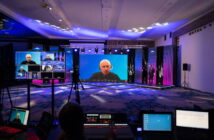CES ushers in next-generation VR headsets with inside-out tracking.
Aside from the lights going out and what seemed like days of rain, the Consumer Electronics Show (CES) was the place to be if you wanted a sneak peek of new VR headsets dropping this year. While HTC made a splash unveiling an upgraded Vive Pro off-site. The big trend on the show floor was standalone VR headsets with “inside-out” tracking.
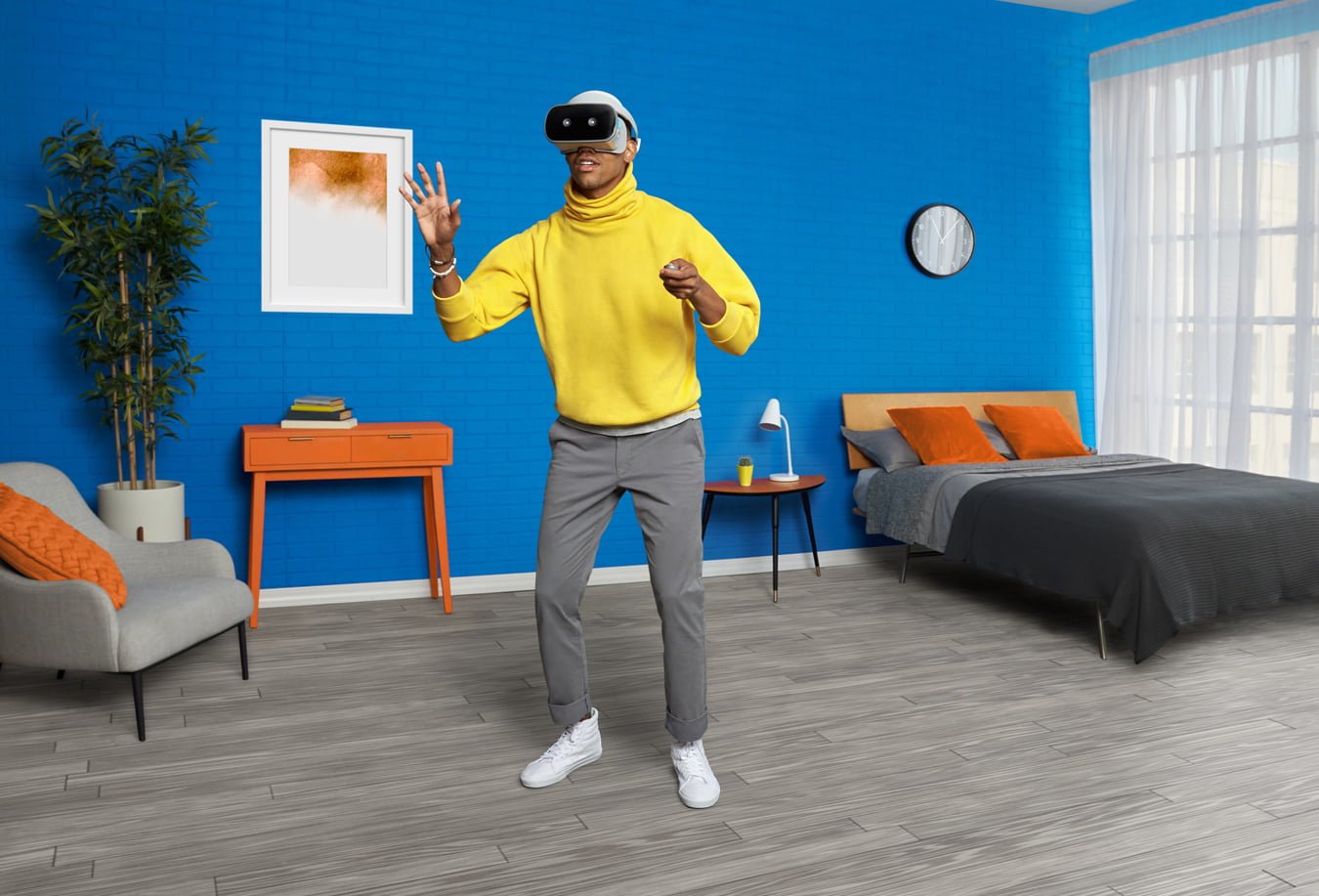
What’s inside-out tracking? Why is it a big deal?
Inside-out tracking combines a VR headset with outward facing cameras. This lets a computer see the environment, and in some cases, your hand controllers around you. You are basically removing sensors and lighthouses. That would normally attach to your wall or rest on your desk and instead integrate them into the headset itself. Less hardware. Less hassle.
Inside-out tracking is still new to the market. Microsoft’s Mixed Reality headsets utilize years of research from the development of the HoloLens. Showing that a full-blown VR experience with 6DoF can be executed with inside-out tracking for a reasonable price.
In addition to inside-out tracking, these same devices are also referred to as “standalone” headsets.
Why is it the Future?
A standalone VR device means that the computer powering VR is built into the headset. This removes the need for a mobile phone or computer to be attached to the headset. Combining inside-out tracking with a standalone mobile processor dramatically increases the mobility of VR and the experiences you’re immersed in.
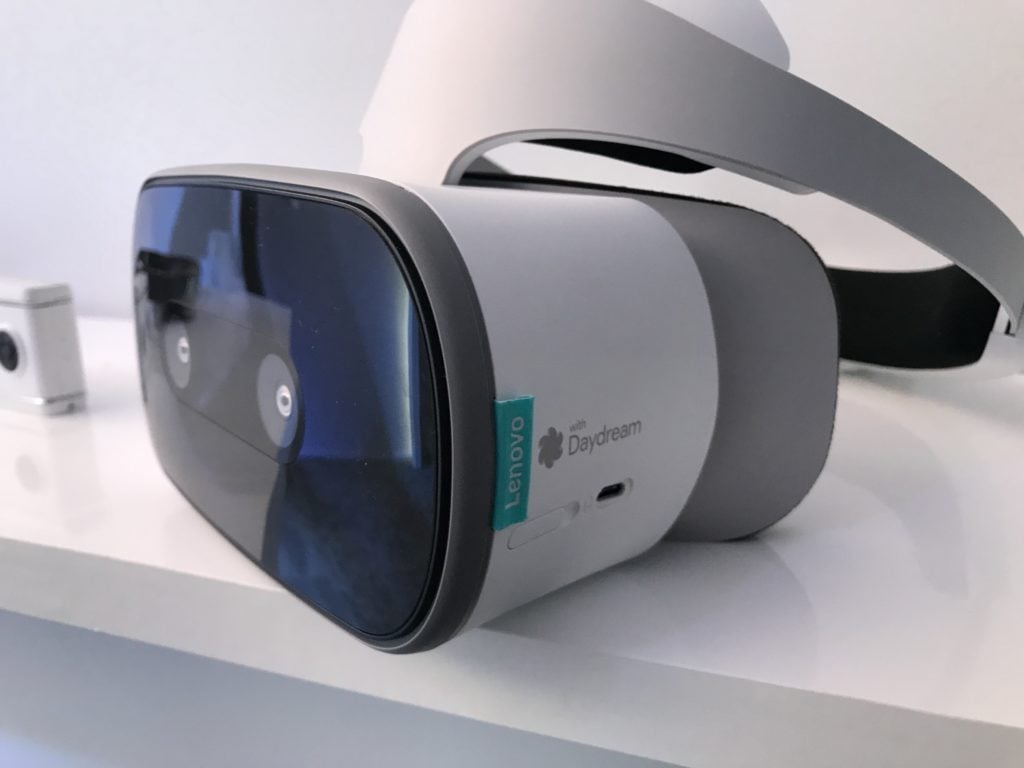
An inside-out tracked standalone headset allows you to freely move around your space—no cords or computer needed. All you need to do is put on a headset and experience tetherless VR, often times with minimal setup required. This lowers the barrier of entry for consumers who may not be technically inclined. The freedom also allows for the flexibility of choosing where you decide to use VR—at your friend’s house.
Inside-out tracked standalone headsets aren’t limited to just VR gaming applications. Due to the reduction of “moving parts” required to enter VR. The technology also lowers the cost for many industrial and business use cases.
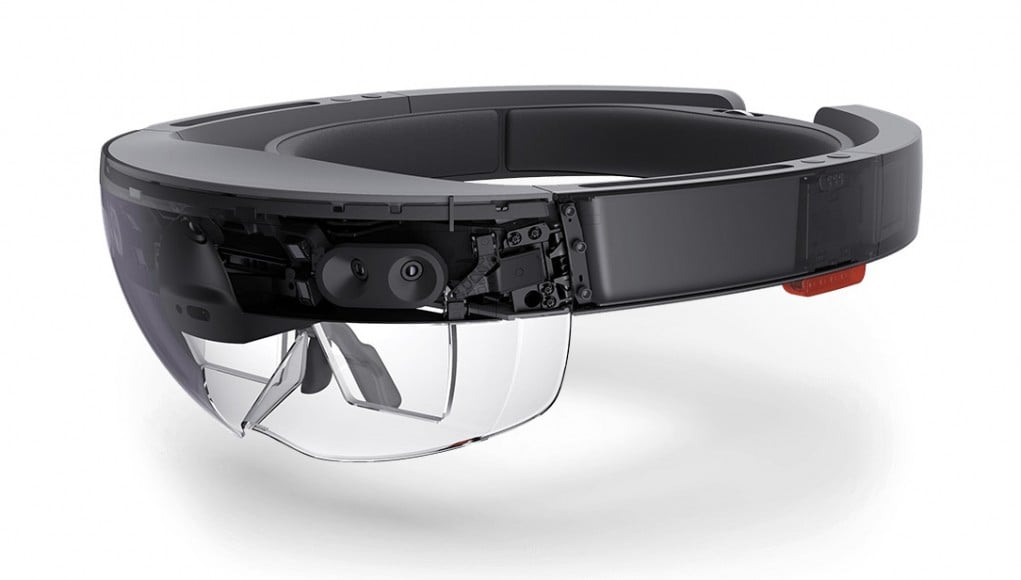
What is in store?
Currently, to manage a VR setup with a headset such as the HTC Vive, a computer or laptop is required. The setup must be properly configured and running the right VR software before a consumer is able to jump into VR. On top of installing external sensors to track your movement, a designated space must be allocated with adequate “playspace.” A staff member must be trained on launching the software, debugging possible issues with software or hardware issues. All of this reduces the mobility of where a VR experience can be used and increases the hardware required.
For mobile VR headsets like the Samsung Gear VR or Google Daydream View, a compatible mobile phone must be inserted into the headset. Staff needs to keep track of the valuable high-end mobile phones and VR headsets. The mobile devices must also separately be kept clean of fingerprints and dust, along with cleaning the VR headset lenses. All of this increases the amount of maintenance involved. As of now, most mobile VR headsets do not allow for full body movement (meaning it’s always a seated or standing experience only) without any additional hardware accessory.
That’s where standalone inside-out tracked headsets can change the game for this type of use case. With the growing uses within the medical, educational, fitness, industrial training, and social VR industry, a standalone inside-out tracking VR headset can increase business adoption rates and provide a streamlined hardware solution that is easier to maintain and deploy.
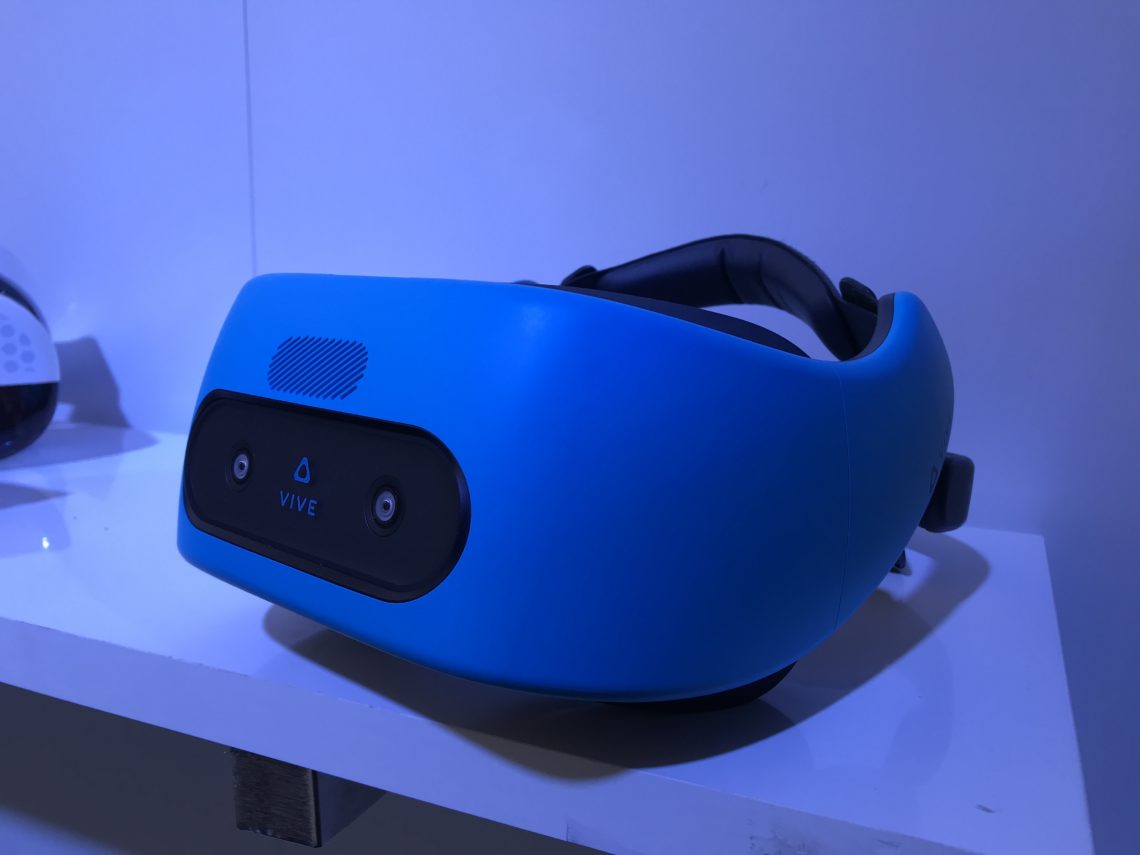
At the same time, we must proceed with caution. The promise of standalone headsets has not been proven yet. Since it’s a new technology, users may experience overheating issues, shorter battery life, wifi connectivity challenges, lower fidelity graphics, and a lack of software fully utilizing 6DoF. You will be unable to play current desktop SteamVR games without the developer putting in work to optimize graphics extensively and current mobile VR titles may need redesigning to allow for untethered movement.



